It’s late summer, and despite all the other fun activities you’re trying to squeeze in before fall, now is the time to prune many varieties of hydrangeas around your yard. If you’ve ever struggled with getting your hydrangeas to bloom right—or even if you want to change the color of your blooms—here are some basic tips that can make your bushes look their best.
Hydrangeas come in many shapes, sizes and varieties, but for the most part, you’ll find four different types in garden centers—and knowing which type you have will determine when and how to prune.
First, macrophylla hydrangeas are the most common types. Whether you have the standard mophead (large, round flowers) or lacecap (very small blossoms surrounded by a ring of larger blooms on each flower head), prune them now! Macrophylla hydrangeas typically only bloom on old wood, meaning if you wait until next spring to prune your shrubs back, all the new growth they put out after their haircut will be nothing but leaves. Traditional mopheads and lacecaps should be pruned just as the blooms fade in summer so they have time yet before fall to develop flower buds for next year.
The second most common hydrangea species is the paniculata family. You might know some of the common varieties like ‘Limelight,’ ‘Fire & Ice’ or ‘Bombshell,’ all of which are easily distinguishable by their cone-shaped flowers. Unlike macrophylla types, paniculatas can be pruned anytime between late summer and mid-spring, and may not even need regular pruning at all.
A third common hydrangea species for our area is the arborescens type. The most common of these varieties is ‘Annabelle,’ a white variety with large blooms, although others like ‘Invincibelle Spirit’—a pink variety—are common, too. Like paniculatas, these hydrangeas can be pruned at any time other than late spring or summer.
The last main variety of hydrangea you’re likely to grow is quercifolia, more commonly known as oakleaf hydrangeas. They have cone-shaped flowers similar to paniculata types, but their leaf shape mimics that of an oak tree. Like macrophylla types, oakleaf hydrangeas should be pruned in late summer in order for them to bloom reliably the following year.
Now that you know the basic types of hydrangeas and when to prune each, let me offer this caveat: many of the new introductions in the last several years can be pruned just about any time of year, regardless of which species they are. So, if you’re in the market for a new hydrangea and want to keep things simple, ask us at Vander Giessen’s for some of the newer varieties!
Finally, how can you change the color of your hydrangeas? In the Pacific Northwest, the acidity of our soil typically turns macrophylla types blue over time. If you want to turn a hydrangea pink—or keep one that way—treat it with Bailey’s Color Me Pink™, a soil additive available at Vander Giessen’s. Likewise, if you wish to intensify the shade of blue in your hydrangea, use an acid-based fertilizer like Jack’s Acid Special water-soluble plant food. Depending on your conditions and desired color, multiple applications of either product may be needed. For better or worse, the color of white varieties cannot be changed, so you’ll always know what to expect!
Hydrangeas are beautiful shrubs and easy to grow. With a little attention to what type you have in your yard, you can enjoy loads of flowers each year while also maintaining the size of your plants. And with a little extra care, you can even change the color of your blooms to suit your taste.


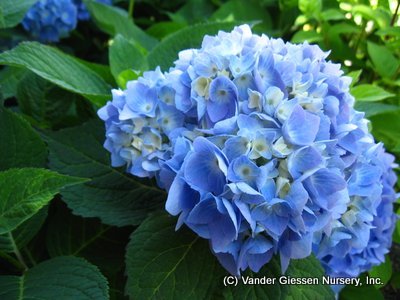
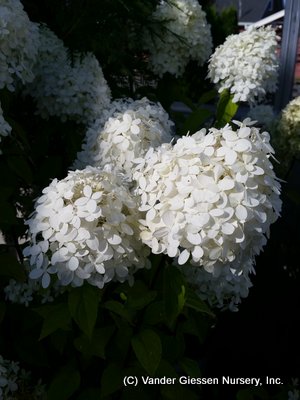
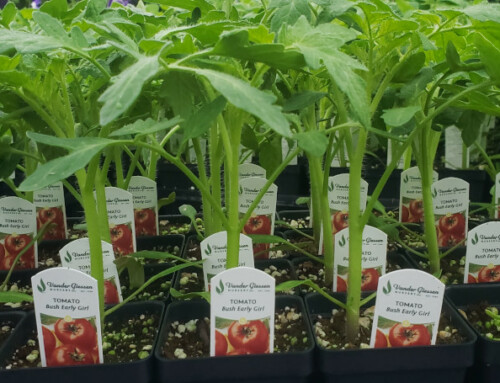

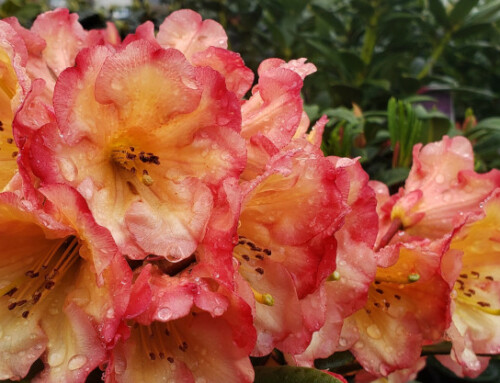
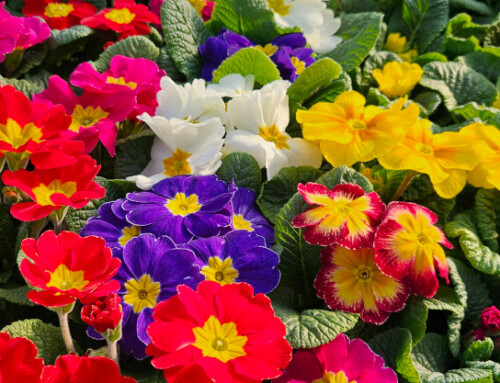
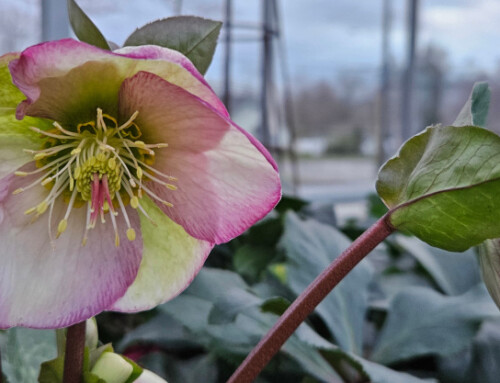
I have a white lint like pest on my hydrangea. It seems to mainly be on the wood portion if the plant. What do you recommend?
It sounds like mealybugs–left unchecked, they can be very destructive and eventually kill your plant. We have a couple of sprays we’d recommend to use, or you can treat with a systemic product like Bayer Tree & Shrub Protect & Feed to kill the bugs that are there and prevent future infestations for up to 12 months.
Where on the bush/woof stem do you prune in relation to growth? I’ve pruned 2 years in a row now and the first year back was fine, but this year we have a lot of little flower heads instead of fewer big flower heads. I hope that makes sense.
Typically how far back you prune shouldn’t affect the size and number of your blooms as long as you do it at the right time of year–which, if you’ve had blooms at all would indicate you’ve timed it right. More likely the bloom size is related to the amount or type of fertilizer you used, but our weather could be a factor as well. You should be able to prune your hydrangea as far back as you can find a leaf bud on the stem and prune right above the bud–and you’ll still have flowers next year.
As for the fertilizer I’d recommend, we sell Jack’s Classicote slow-release fertilizer, which is a high quality all-purpose plant food that would be great for your hydrangeas. Give them a dose of fertilizer in spring and you should be set for the season! I hope this helps!
-David